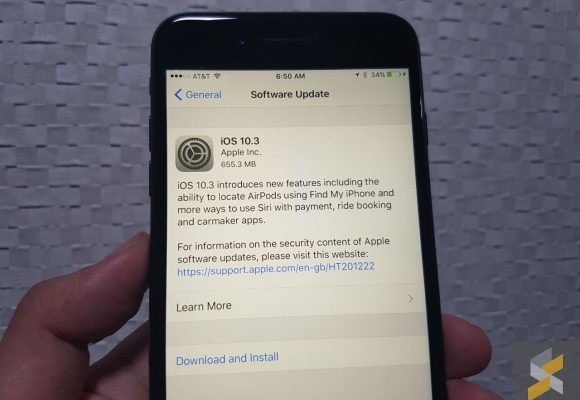PCMag reviews products, but we may earn affiliate commissions from buying links on this page. Chances are you have a Wi-Fi network at home, or live close to one (or more) that tantalizingly pops up in a list whenever you boot up the laptop. The problem is, if there's a lock next to the network name (AKA the SSID, or service set identifier), that indicates security is activated. Without the password or passphrase, you're not going to get access to that network, or the sweet, sweet internet that goes with it.
Netsh wlan show profile The results will bring up a section called User Profiles—those are all the Wi-Fi networks (aka WLANs, or wireless local area networks) you've accessed and saved. Pick the one you want to get the password for, highlight it, and copy it. At the prompt below, type the following, but replace the Xs with the network name you copied; you only need the quotation marks if the network name has spaces in it. Netsh wlan show profile name='XXXXXXXX' key=clear In the new data that comes up, look under Security Settings for the line 'Key Content.' The word displayed is the Wi-Fi password/key you are missing. On macOS, open up the Spotlight search (Cmd+Space) and type terminal to get the Mac equivalent of a command prompt. Type the following, replacing the Xs with the network name.
Editorial Reviews. About the Author. The name says it all. Download it once and read it on your Kindle device, PC, phones or tablets. Use features like bookmarks, note taking and highlighting while reading Hacking:.
Yuklab olish shartlari Referat haqida. Kuchning nuqtaga nisbatan momenti 2. Kuchning o`qqa nisbatan momenti 3. Juft kuch, juft kuchning momenti. Tekislikdagi juft. Dust hakida referat e.

Security find-generic-password -wa XXXXX Reset the Router Before you do a full reset just to get on the wireless, try to first. From there, you can easily reset your Wi-Fi password/key if you've forgotten it. That's not possible if you don't know the password for the router, either. (They're not the same thing unless you set it up that way). Resetting the router only works if you have access.
That access could be over Wi-Fi (which we've just established you don't have) or physically utilizing an Ethernet cable. Or that access can simply be that you are in the same room as the router. Almost every router in existence has a recessed reset button. Push it with a pen or unfolded paperclip, hold it for about 10 seconds, and the router will reset to the factory settings.
If you've got a router that came from your internet service provider (ISP), check the stickers on the unit before a reset—the ISP might have printed the router and Wi-Fi key right on the hardware. Once a router is reset, you need another password (plus a username) to access the router itself. Again, you can do this via a PC attached to the router via Ethernet—you'll need that since the reset probably killed any potential Wi-Fi connection you had going in. The actual access is typically done with a web browser. The URL to type is either 192.168.1.1 or 192.168.0.1, or some variation.
Try them randomly; that generally works. To figure out which one, on the PC connected to the router, open a command prompt and type 'ipconfig' without the quotes. Look among the gobbledygook for an 'IPv4 Address,' which will start with 192.168. The other two spaces, called octets, are going to be different numbers between 0 and 255. Note the third octet (probably a 1 or 0). The fourth is specific to the PC you're using to log into the router. In the browser, type 192.168.x.1, replacing the X with the number you found in the ipconfig search.